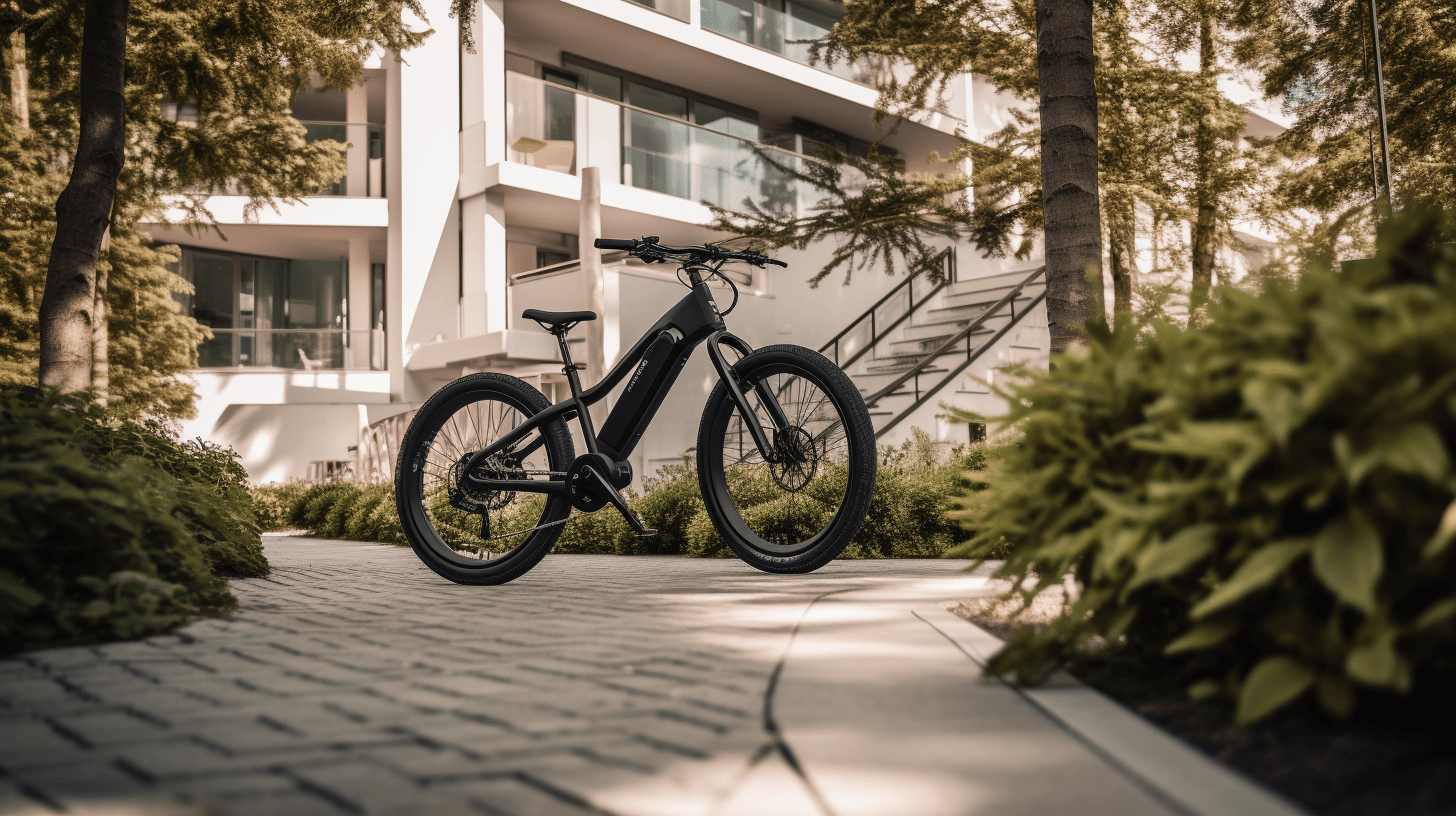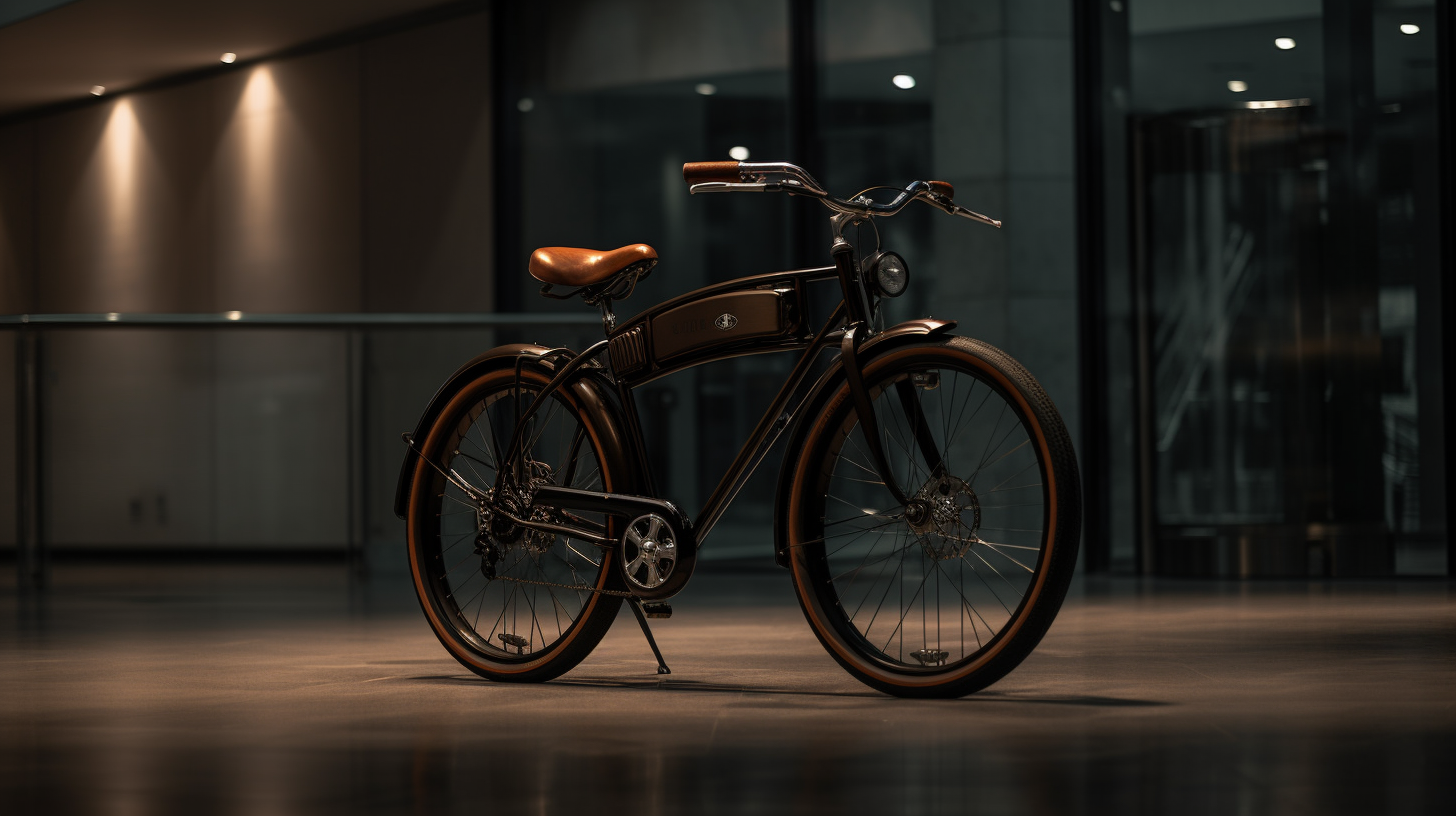Harnessing the Power of the Sun: Why Solar Panels for RVs Are a Game Changer
As more and more people embrace the RV lifestyle, the demand for clean, reliable, and sustainable energy solutions has never been higher. Solar panels for RVs are quickly becoming the go-to choice for adventurers seeking an eco-friendly and cost-effective way to power their mobile homes. In this section, we’ll explore the numerous benefits of incorporating solar energy into your RV adventures and why it’s a game changer for sustainable travel.
The Benefits of Going Solar on Your RV Adventures
Solar panels for RVs offer numerous advantages over traditional energy sources. For one, they provide a virtually endless supply of clean, renewable energy, reducing your reliance on fossil fuels and minimizing your carbon footprint. This not only helps protect the environment but also saves you money on fuel and generator maintenance costs.
Additionally, RV solar kits enable you to camp off the grid for extended periods without worrying about finding hookups or running out of power. This freedom allows you to explore remote locations and fully immerse yourself in the great outdoors. Moreover, solar panels are incredibly low-maintenance, making them an ideal choice for hassle-free RV travel.
A Cleaner and More Sustainable Way to Travel
Incorporating solar panels into your RV setup contributes to a cleaner, more sustainable future. By harnessing the sun’s energy, you’re reducing your dependence on non-renewable resources and decreasing the harmful emissions associated with traditional power generation. Solar panels for RVs not only benefit the environment but also promote responsible, eco-friendly travel that respects the planet and preserves its natural beauty for generations to come.
A Comprehensive Look at RV Solar Kits and How They Work
As the popularity of solar panels for RVs continues to rise, understanding the components and functionality of RV solar kits becomes essential for anyone considering the switch to solar power. In this section, we will delve into the various components that make up an RV solar kit and discuss the factors that affect solar panel efficiency and performance.
Components of an RV Solar Kit
A typical RV solar kit consists of several key components that work together to convert sunlight into usable electricity for your RV. These components include:
- Solar panels: These are the most visible part of the system, responsible for capturing sunlight and converting it into electricity through the photovoltaic effect.
- Charge controller: This device regulates the flow of electricity between the solar panels and the batteries, preventing overcharging and ensuring that the batteries are charged efficiently.
- Batteries: This store the electricity generated by the solar panels, allowing you to use it when the sun isn’t shining, such as during cloudy days or at night.
- Inverter: This converts the direct current (DC) electricity generated by the solar panels into alternating current (AC) electricity, which is used by most household appliances and electronics.
- Mounting hardware: This includes the brackets, rails, and clamps used to attach the solar panels to your RV’s roof or other suitable surfaces.
- Wiring and connectors: These are the cables and connectors that link the various components of your solar system, allowing electricity to flow between them.
Understanding Solar Panel Efficiency and Performance
Solar panel efficiency refers to the percentage of sunlight that a solar panel can convert into electricity. The higher the efficiency, the more power you can generate in a given space. Factors that can affect solar panel efficiency include the type of solar cells used, the quality of the materials, and the manufacturing process.
Performance, on the other hand, refers to how well a solar panel can maintain its efficiency under real-world conditions. Factors that can impact performance include temperature, shading, and the angle at which sunlight hits the panels. When choosing solar panels for your RV, it’s essential to consider both efficiency and performance to ensure you’re getting the most out of your solar energy system.
Finding the Perfect Solar Panels for Your RV
Selecting the right solar panels for your RV is crucial to ensure you have a reliable and efficient power source for your adventures. In this section, we will compare the three main types of solar panels – monocrystalline, polycrystalline, and thin-film – and discuss how to determine the appropriate size for your solar system based on your energy needs.
Comparing Monocrystalline, Polycrystalline, and Thin-Film Solar Panels
- Monocrystalline solar panels: These panels consist of a single crystal structure, allowing for the highest efficiency levels among the three types. Monocrystalline panels tend to be more expensive but offer better performance, especially in low-light conditions or limited space scenarios.
- Polycrystalline solar panels: These panels are made from multiple silicon crystals, resulting in slightly lower efficiency levels compared to monocrystalline panels. However, they are generally more affordable and still provide a good balance between cost and performance for most RV applications.
- Thin-film solar panels: These panels are made by depositing a thin layer of photovoltaic material onto a substrate. They are the least efficient of the three types but are lightweight, flexible, and typically the most affordable. Thin-film panels can be a good option for RVs with curved surfaces or limited roof space but may require a larger surface area to generate the same amount of power as their crystalline counterparts.
Sizing Your Solar System: How Much Power Do You Need?
To determine the appropriate size for your RV solar system, you need to consider your energy consumption and the amount of sunlight you expect to receive during your travels. Start by calculating your daily energy usage in watt-hours, taking into account all the appliances and devices you’ll be using in your RV.
Next, consider the average number of sunlight hours per day in the regions you plan to visit. This will help you estimate how much energy your solar panels need to generate daily to meet your requirements. Divide your daily energy usage by the average sunlight hours to determine the minimum wattage your solar panels should provide.
Keep in mind that it’s always a good idea to have some extra capacity in your solar system to account for inefficiencies, shading, and unexpected energy needs. Additionally, consult with an experienced solar installer to ensure you’re selecting the right solar panels and components for your unique RV setup.
Portable Solar Panels: A Flexible Solution for On-the-Go Power
While rooftop solar panels are a popular choice for many RV enthusiasts, portable solar panels offer an alternative solution that provides more flexibility and convenience. In this section, we’ll discuss the advantages of portable solar panels for RVs and offer tips for selecting and using them effectively during your travels.
Advantages of Portable Solar Panels for RVs
- Flexibility: Portable solar panels can be easily moved and repositioned to maximize sun exposure throughout the day, allowing you to generate more power compared to fixed rooftop panels.
- Easy installation: There’s no need for complex mounting systems or roof penetrations, making portable solar panels an ideal option for those who prefer a simple, non-permanent installation.
- Compatibility: Portable solar panels can be used with various RV types and sizes, as well as with other outdoor activities like camping and boating, making them a versatile power solution.
- Expandability: As your energy needs grow or change, it’s easy to add more portable solar panels to your setup, giving you the flexibility to scale your system as needed.
Tips for Selecting and Using Portable Solar Panels
- Consider the panel type: As with rooftop solar panels, portable panels are available in monocrystalline, polycrystalline, and thin-film varieties. Choose the type that best suits your efficiency, space, and budget requirements.
- Choose the right size: Determine your energy needs and select a portable solar panel that provides enough wattage to meet your daily usage. Remember to account for inefficiencies and potential shading.
- Look for durability: Since portable solar panels are exposed to various weather conditions and environments, choose a model with a sturdy frame and durable materials to ensure it can withstand the rigors of RV travel.
- Prioritize safety features: Opt for portable solar panels with built-in safety features such as overcharge protection and short-circuit protection to safeguard your RV’s electrical system.
- Monitor sun exposure: Regularly adjust the position and angle of your portable solar panels throughout the day to optimize sunlight exposure and maximize energy generation.
Installing Solar Panels on Your RV: A Step-by-Step Guide
Once you’ve selected the right solar panels for your RV, it’s time to install them. In this section, we’ll provide a step-by-step guide to preparing your RV for solar panel installation and mounting and wiring the panels to create a functional solar energy system.
Preparing Your RV for Solar Panel Installation
- Assess your roof space: Evaluate your RV’s roof layout to determine the best placement for your solar panels, considering factors like shading, air vents, and roof curvature.
- Clean the installation area: Ensure the surface of your RV’s roof is clean and free of debris before installing any mounting hardware.
- Gather necessary tools and materials: Collect all the tools and materials you’ll need for the installation, including mounting brackets, a drill, screws, sealant, and wiring components.
Mounting and Wiring Solar Panels on Your RV
- Install mounting brackets: Attach the mounting brackets to your solar panels using the provided hardware, following the manufacturer’s instructions. Be sure to leave enough space between the panel and the roof for proper ventilation.
- Secure solar panels to the roof: Place the solar panels on your RV’s roof, aligning them with the predetermined installation area. Drill pilot holes for the mounting screws, apply a generous amount of sealant to each hole and secure the panels with screws.
- Connect solar panels to the charge controller: Run the appropriate solar panel cables from the panels to the charge controller, ensuring that the cables are secured and protected from potential damage. Connect the positive and negative cables to the corresponding terminals on the charge controller.
- Install the batteries and inverter: Choose a safe and accessible location for your batteries and inverter, ideally in a well-ventilated compartment. Connect the batteries to the charge controller and the inverter, following the manufacturer’s wiring guidelines.
- Connect the inverter to your RV’s electrical system: Once the batteries and inverter are installed, connect the inverter to your RV’s breaker panel or electrical system using an appropriate transfer switch or circuit breaker.
- Test your solar energy system: Turn on your solar panels, charge controller, and inverter, and monitor the system’s performance to ensure it’s generating and storing electricity as expected. Make any necessary adjustments or troubleshoot any issues before embarking on your RV adventures.
Maximizing Solar Panel Efficiency on Your RV Adventures
To get the most out of your solar panels for RVs, it’s essential to optimize their efficiency and performance throughout your travels. In this section, we’ll provide tips for positioning your solar panels for optimal sun exposure and discuss the importance of regular maintenance and troubleshooting.
Positioning Your Solar Panels for Optimal Sun Exposure
- Park strategically: Whenever possible, park your RV in a location that receives ample sunlight throughout the day, minimizing shading from trees, buildings, or other obstacles.
- Adjust the panel angle: If your solar panels are adjustable, change their angle to match the sun’s position throughout the day, maximizing the amount of sunlight they receive.
- Use portable solar panels: As mentioned earlier, portable solar panels offer flexibility in positioning and can be easily moved to follow the sun’s path, ensuring optimal sun exposure.
Regular Maintenance and Troubleshooting Tips
- Keep solar panels clean: Regularly clean your solar panels to remove dirt, dust, and debris that may reduce their efficiency. Use a soft brush or cloth and mild soap to gently clean the panel surface.
- Inspect your solar energy system: Periodically check your solar panels, mounting hardware, wiring, and other components for signs of wear or damage. Address any issues promptly to prevent potential problems and maintain system performance.
- Monitor system performance: Keep an eye on your solar energy system’s output and efficiency, noting any significant changes that may indicate an issue. Consult an experienced solar technician for troubleshooting assistance if needed.
Solar Panels for RVs: Debunking Common Myths
As solar panels for RVs become increasingly popular, misconceptions and myths about their effectiveness and functionality may arise. In this section, we’ll debunk some of the most common myths surrounding RV solar energy systems and provide accurate information to help you make informed decisions.
Myth 1: Solar Panels Don’t Work on Cloudy Days
While it’s true that solar panels generate less energy on cloudy days compared to sunny ones, they can still produce a significant amount of electricity. Many modern solar panels are designed to capture diffuse sunlight, allowing them to function even under overcast conditions. While efficiency levels may be lower, solar panels can continue to power your RV during cloudy days.
Myth 2: Solar Panels Require Constant Maintenance
Solar panels are relatively low-maintenance compared to other power sources like generators. The primary maintenance task for solar panels involves keeping them clean and free of dirt and debris, which can typically be accomplished with a soft brush or cloth and mild soap. Apart from cleaning, solar panels generally require minimal attention, making them an ideal choice for hassle-free RV travel.
Myth 3: Solar Panels Will Damage Your RV’s Roof
When installed correctly, solar panels should not cause any damage to your RV’s roof. Mounting systems are specifically designed to distribute weight evenly and minimize stress on the roof structure. In addition, sealants are used to prevent water intrusion around mounting points, ensuring that your RV’s roof remains watertight and protected. It’s essential to work with a knowledgeable solar installer to ensure proper installation and prevent any potential damage.
Myth 4: Solar Energy Systems Are Too Expensive for RVs
The initial investment for an RV solar energy system can be substantial, but the long-term savings on fuel and generator maintenance costs often offset this cost. Solar panels have become more affordable in recent years, and advancements in technology continue to drive down prices. In addition, solar panels can increase the resale value of your RV, making them a worthwhile investment for many RV enthusiasts.
Myth 5: Solar Panels Will Make Your RV Too Heavy
While solar panels do add some weight to your RV, modern panels are becoming increasingly lightweight and efficient, minimizing the impact on your RV’s overall weight. When selecting solar panels for your RV, consider the weight and efficiency of the panels to ensure they won’t negatively affect your RV’s handling or fuel consumption.
By debunking these common myths, we hope to provide a clearer understanding of the benefits and practicality of solar panels for RVs. As you continue to explore sustainable RV travel options, remember to stay informed and make decisions based on accurate information. And don’t forget to subscribe to our newsletters to stay up-to-date with the latest RV solar news and tips.








